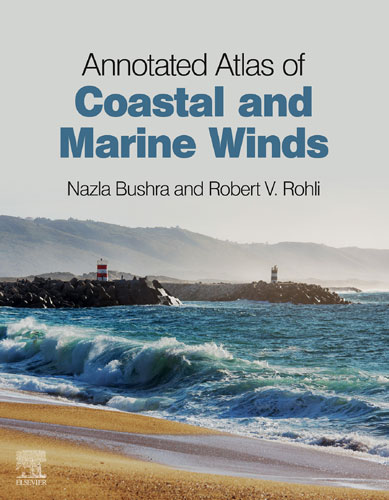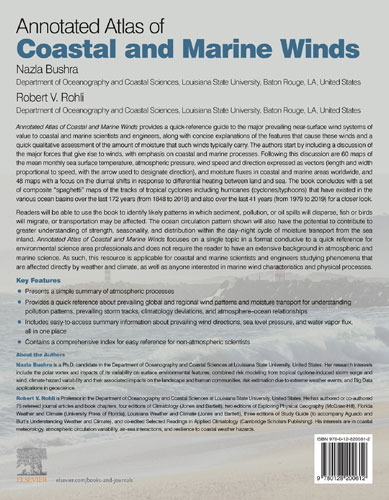Сб с 10 до 16
Annotated Atlas of Coastal and Marine Winds/Аннотированный атлас прибрежных и морских ветров
Издание на английском языке
To an unappreciative observer, the world’s five oceans-the Arctic, Atlantic, Indian, Pacific, and Southern oceans (Fig. 1.1)-may look similar on the surface. But upon further reflection, everyone should agree that they, and the local names for various inlets and sections of the oceans (shown in red in Fig. 1.1), are truly remarkable, unique places.
The wide array of life and complicated ecosystems and food webs that the oceans and their inlets support is dependent on energy from the Sun. One important representation of that energy received from the Sun is the temperature. Therefore, before we can understand the oceans, it is important to understand how the Sun’s radiation, manifested as temperature, is received throughout the year.
Contents
Acknowledgments
1. Introduction
2. Monthly wind patterns
Ocean circulation
Monsoon circulations
3. The role of atmospheric humidity in global winds
4. Diurnal wind patterns
5. Tracks of severe coastal and marine tropical cyclones
Index




